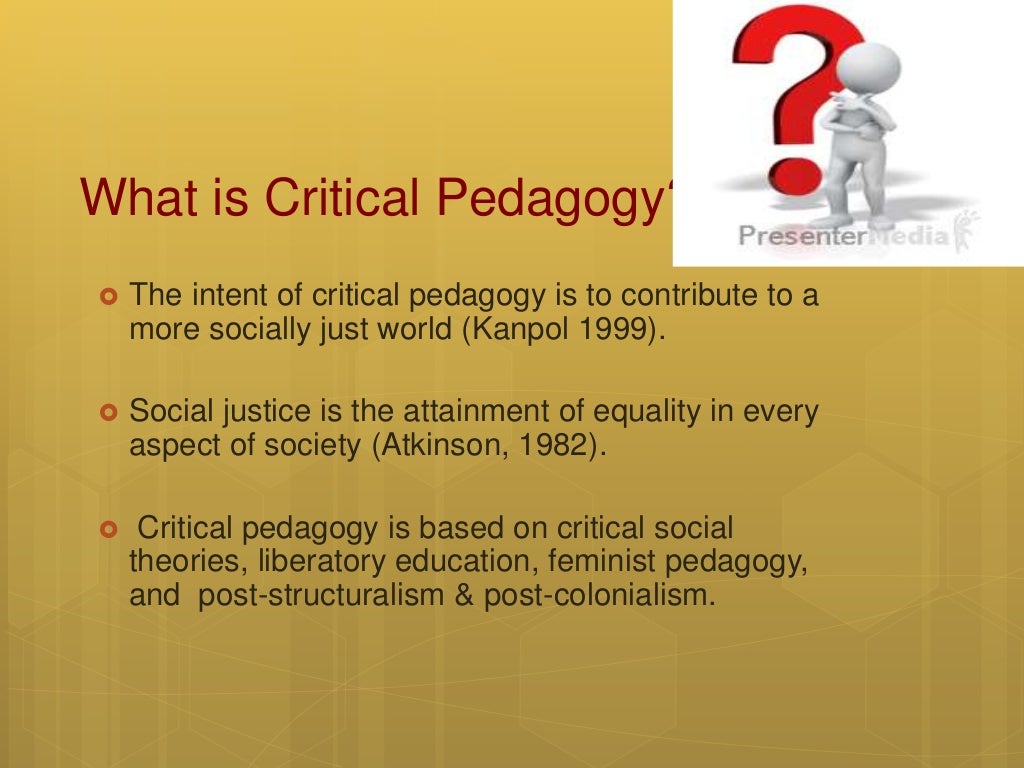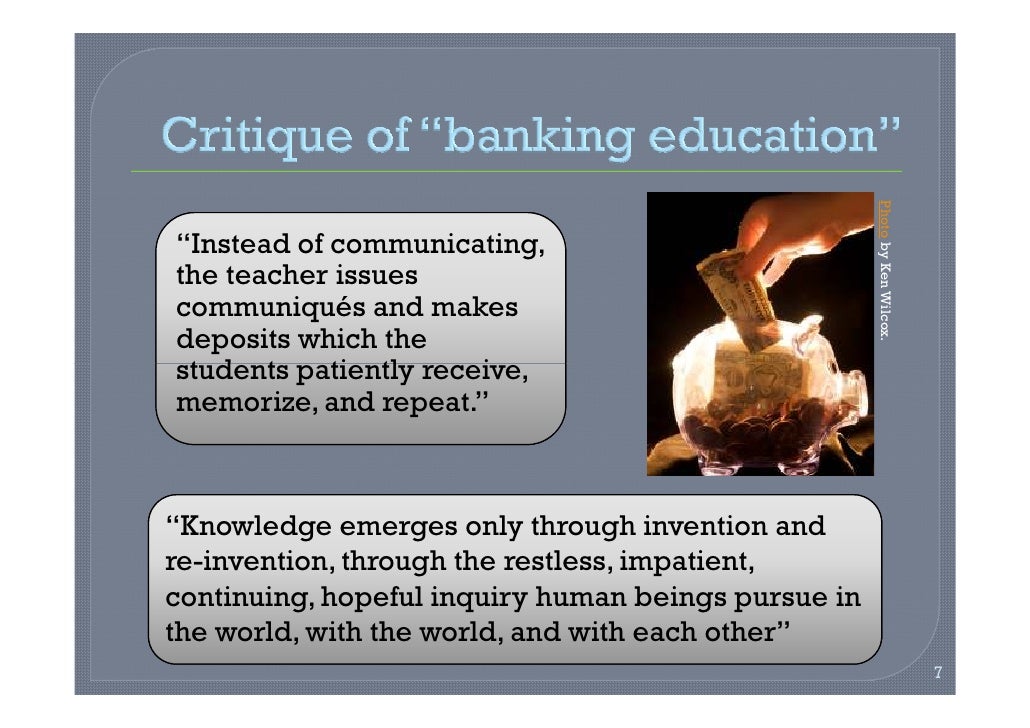

And yet bell befriends Ken, a 16-year-old, her white peer: ” Friendship across racial lines was bad enough, but across gender it was unheard of and dangerous.”. She comes from a segregated school in Hopkinsville, Kentucky, where her black teachers considered teaching as a mission of redemption and anti-colonial resistance to white rule: here school and society, private life and militancy, are never separated and the teaching has a warmth that bell hooks will not find at Stanford University, in an apparently de-segregated study environment, but where white suprematism marginalise those who come “from the margin”, to use an expression dear to bell hooks, discouraging contact between white and black students out of classes, in the gym, in the cafeteria, where social apartheid still prevails and she, who has obtained a scholarship, is considered an intruder. Thirsty with knowledge, bell hooks (pseudonym of Gloria Jean Watkins, 1952-2021) chooses to become a teacher. We couldīecome school teachers”: three different activities but all connected to the “care” that patriarchal sexist thinking still considers exclusively female attitude. “In the apartheid South, black girls from working-class backgrounds had three career choices.

I would add, in the midst of an increase of racism, violence and indifference (no less murderous) in recent months – which this summer killed the street seller Alika Ogorchukwu in Civitanova Marche – bell hooks speaks to us, here, now, today.

The Italian edition (Meltemi 2020, with the translation by Feminoska) enriches the text with valuable critical appendices, which highlight its relevance for the Italian public: within a conservative and non-transformative culture (in school classrooms as well as in the political debate) that still avoids facing recent history with an honest and decolonial approach (the southern issue, gender issues, racial laws, colonialism in Africa and Albania…) in a school where distance learning during the pandemic has removed bodies and emotions and excluded the unpriviledged, in an educational system in which teachers are almost exclusively Italian, while teaching in increasingly multi-ethnic classes, in a cultural framework in which the school should teach to filter and deconstruct the messages of the digital agora, avoiding its passive consumption.

Education as the Practice of Freedom, published for the first time in the United States in 1994) is much more than an essay on theoretical pedagogy, because experience and theory never separate in the thoughts, in the teaching, in the very writing of bell hooks, which is above all a self-narrative.


 0 kommentar(er)
0 kommentar(er)
